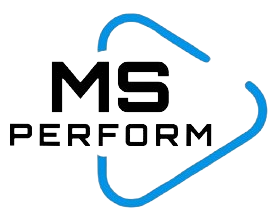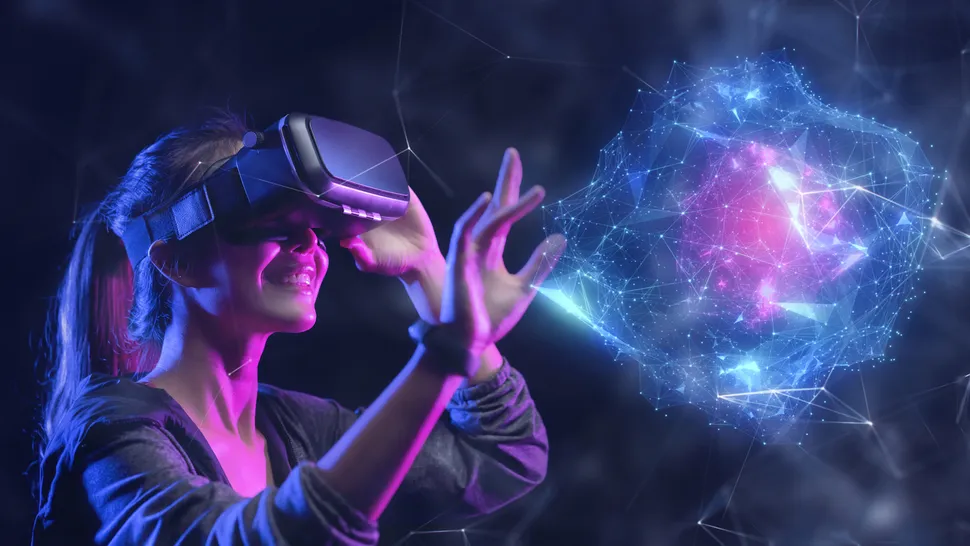Innovative Features in Website Development for 2024
Innovative Features in Website Development for 2024
Website development is an ever-evolving field, with new technologies and trends constantly shaping how we build and interact with websites. Staying ahead of the curve is crucial for developers and businesses alike. In 2024, several innovative features and trends are making waves in website development, enhancing user experience, improving performance, and driving engagement. Here are some of the most exciting developments to look out for this year.
1. Progressive Web Apps (PWAs)
Progressive Web Apps (PWAs) continue to gain traction as they offer a seamless user experience similar to native mobile apps. PWAs are highly responsive, work offline, and provide fast loading times, which can significantly enhance user engagement and retention. With the ability to send push notifications and be installed on a user's home screen without needing an app store, PWAs are becoming a go-to solution for businesses looking to bridge the gap between web and mobile experiences.
2. AI-Powered Chatbots and Virtual Assistants
Artificial Intelligence (AI) is transforming website interactions through advanced chatbots and virtual assistants. These AI-powered tools can provide instant customer support, guide users through the website, and even offer personalized recommendations based on user behavior. By leveraging natural language processing (NLP) and machine learning algorithms, chatbots are becoming more intuitive and effective at handling complex queries, enhancing overall user satisfaction.
3. Voice Search Optimization
With the increasing use of voice-activated devices like smart speakers and virtual assistants, optimizing websites for voice search is becoming essential. Voice search optimization involves using natural language keywords, creating concise and informative content, and ensuring that your website's schema markup is updated. This trend is crucial for improving visibility and accessibility as more users turn to voice search for quick and convenient information retrieval.
4. Augmented Reality (AR) Integration
Augmented Reality (AR) is revolutionizing the way users interact with websites, particularly in e-commerce. AR allows users to visualize products in their real-world environment before making a purchase. For instance, furniture retailers can enable customers to see how a sofa would look in their living room using their smartphone camera. This interactive and immersive experience can significantly boost conversion rates and reduce return rates by helping customers make more informed decisions.
5. Advanced Motion UI
Motion UI involves using animations and transitions to create a more dynamic and engaging user experience. Advanced Motion UI goes beyond simple effects to include complex animations that guide users through the website, highlight important elements, and provide feedback on interactions. These animations can make the website feel more interactive and alive, improving user engagement and satisfaction.
6. Serverless Architecture
Serverless architecture is gaining popularity due to its scalability and cost-effectiveness. In a serverless model, developers can run code without managing servers, as the cloud provider handles the infrastructure. This allows for automatic scaling, reduced latency, and lower costs, making it an attractive option for dynamic websites and applications that require high performance and reliability.
7. Enhanced Security Features
With cyber threats on the rise, website security is more important than ever. New security features and protocols are being developed to protect user data and maintain trust. These include advanced encryption methods, multi-factor authentication (MFA), and secure access service edge (SASE) frameworks. Implementing these security measures can help safeguard your website against attacks and ensure compliance with data protection regulations.
8. Dark Mode
Dark mode is no longer just a trend; it has become a standard feature for many websites and applications. Offering a dark mode option can enhance the user experience by reducing eye strain, saving battery life on mobile devices, and providing a modern and sleek look. Implementing dark mode requires careful consideration of design elements, ensuring that readability and accessibility are maintained.
9. WebAssembly (Wasm)
WebAssembly (Wasm) is a binary instruction format that enables high-performance execution of code on the web. It allows developers to write code in multiple languages (such as C, C++, and Rust) and run it at near-native speed in web browsers. Wasm is ideal for performance-intensive applications like games, video editing, and complex calculations, providing a significant boost in speed and efficiency.
10. Low-Code and No-Code Platforms
Low-code and no-code platforms are democratizing web development by allowing users with little to no coding experience to build functional websites and applications. These platforms provide drag-and-drop interfaces, pre-built templates, and easy-to-use tools that simplify the development process. They are particularly useful for small businesses and startups looking to quickly launch their online presence without extensive technical resources.
Conclusion
The landscape of website development is continuously evolving, with new features and technologies enhancing how we build and interact with websites. Staying updated with these trends is crucial for developers and businesses aiming to deliver cutting-edge, user-friendly, and secure web experiences. By embracing innovations like PWAs, AI-powered tools, AR integration, and advanced security measures, you can ensure your website remains competitive and meets the ever-changing demands of users.



.png)
.png)

